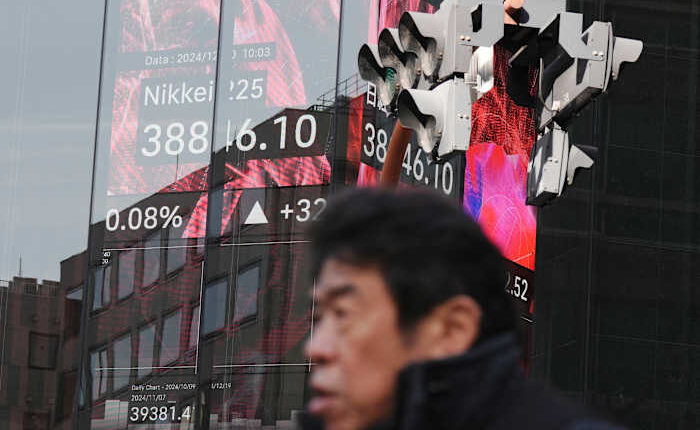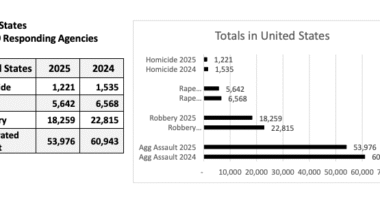
HONG KONG – Asian shares were mixed Friday as markets awaited U.S. personal spending data for November that are due later in the day.
U.S. futures and oil prices fell.
Tokyo’s Nikkei 225 index remained stable at 38,810.26 after the latest inflation figures for November were released on Friday. Japan’s core inflation rate, excluding fresh food prices, saw a 2.7% annual increase, exceeding predictions.
These numbers came after the Bank of Japan’s announcement on Thursday to maintain its key rate at 0.25%, resulting in a strengthening of the dollar compared to the Japanese yen.
The dollar was trading at 157.11 yen by early Friday, down from 157.43 yen but still higher than the average of 150 yen earlier this month.
In Hong Kong, the Hang Seng index rose by 0.1% to 19,774.22, while the Shanghai Composite index in China climbed by 0.5% to 3,388.22 following the decision by China’s central bank to keep the loan prime rates unchanged on Friday. The one-year lending rate, impacting most corporate and household loans, remained steady at 3.1%, with the five-year rate, crucial for mortgage rates, staying at 3.6%.
Australia’s S&P/ASX 200 dipped 1.3% to 8,061.40. South Korea’s Kospi lost 1.7% to 2,393.60.
On Thursday, the S&P 500 edged 0.1% lower to 5,867.08. The Dow Jones Industrial Average rose less than 0.1% to 42,342.24 following Wednesday’s drop of 1,123 points, while the Nasdaq composite slipped 0.1% to 19,372.77.
This week’s struggles have taken some of the enthusiasm out of the market, which critics had been warning was overly buoyant and would need everything to go correctly for it to justify its high prices. But indexes remain near their records, and the S&P 500 is still on track for one of its best years of the millennium with a gain of 23%.
Traders are now expecting the Federal Reserve to deliver just one or maybe two cuts to interest rates next year, according to data from CME Group. Some are even betting on none. A month ago, the majority saw at least two cuts in 2025 as a safe bet.
Wall Street loves lower interest rates because they give the economy a boost and goose prices for investments, but they can also provide fuel for inflation.
Treasury yields were mixed a day after shooting higher on expectations that the Fed would deliver fewer cuts to rates in 2025. Reports on the U.S. economy came in mixed.
One showed the overall economy grew at a 3.1% annualized rate during the summer, faster than earlier thought. The economy has remained remarkably resilient even though the Fed held its main interest rate at a two-decade high for a while before beginning to cut them in September.
A separate report showed fewer U.S. workers applied for unemployment benefits last week, an indication that the job market also remains solid. But a third report said manufacturing in the mid-Atlantic region is unexpectedly contracting again despite economists’ expectations for growth.
The yield on the 10-year Treasury rose to 4.57% from 4.52% late Wednesday and from less than 4.20% earlier this month.
But the two-year yield, which more closely tracks expectations for action by the Fed in the near term, eased back to 4.31% from 4.35%.
In other dealings, U.S. benchmark crude oil gave up 27 cents to $68.96 per barrel in electronic trading on the New York Mercantile Exchange. Brent crude, the international standard, fell 42 cents to $72.46 per barrel.
The euro fell to $1.0359 from $1.0367.
___
AP Business Writer Stan Choe contributed.
Copyright 2024 The Associated Press. All rights reserved. This material may not be published, broadcast, rewritten or redistributed without permission.

















